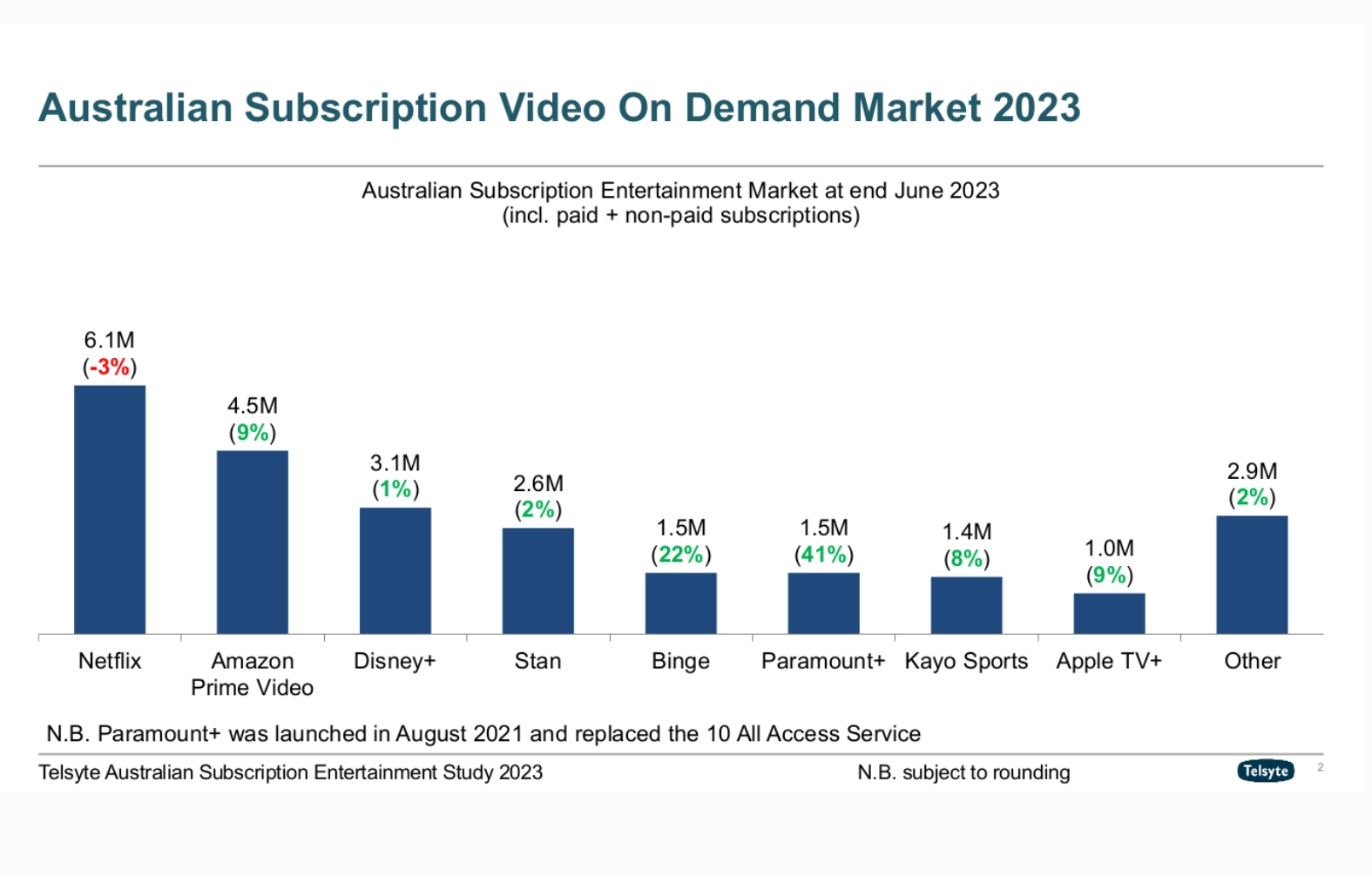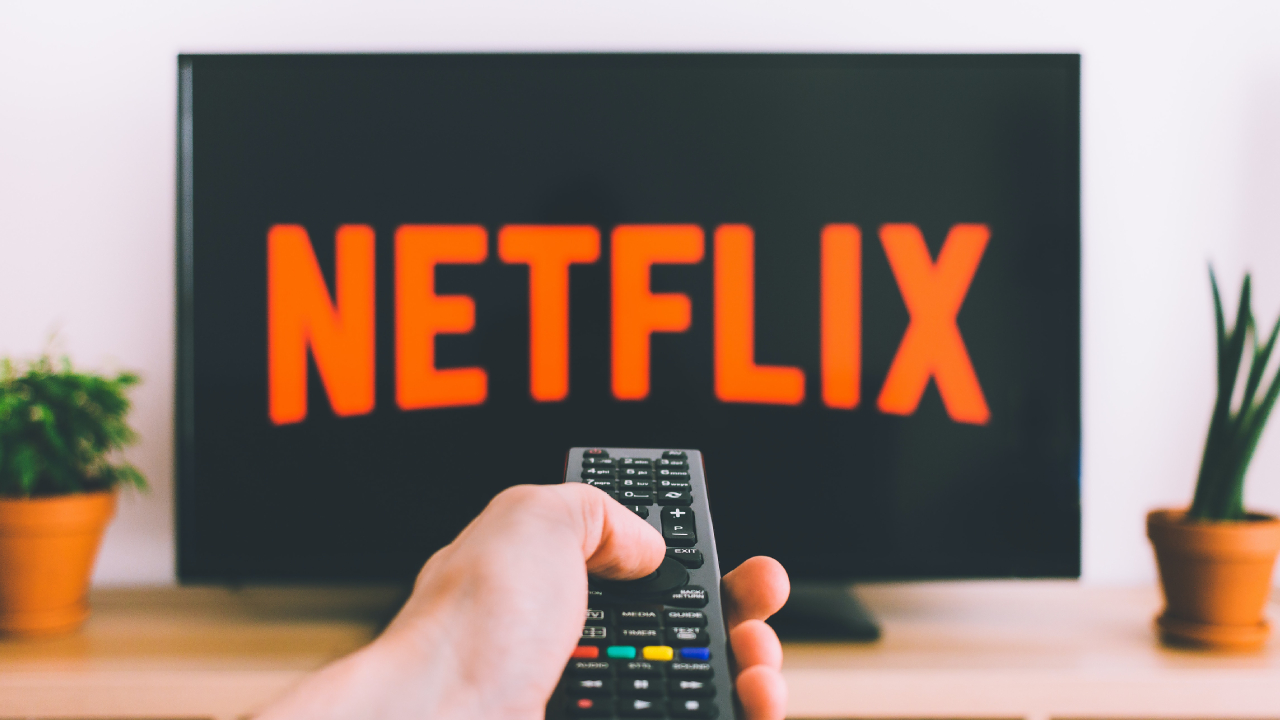- Netflix has recorded its first-ever dip in its Australian market, as nearly 200 000 subscribers quit the platform over the last 12 months.
- The loss of subscribers could be attributed to a reaction against the ban of sharing account passwords by Netflix.
- Research found that one in three Australian subscribers engage in password sharing of streaming platforms.
During the first half of the year, Netflix has been steadily rolling out its ban on password sharing and launch of new paid sharing accounts across the globe.
The streaming leader initially saw an increase in memberships and growth in revenues in April after launching paid sharing options.
In Australia, the crackdown on password sharing and subsequent launch of paid sharing has caused almost 200 000 subscribers to leave the platform, according to a report from Forbes Australia. This figure, recorded over a 12-month period, is the first time ever Netflix recorded a subscriber decline in the market.
In April, Netflix said that while markets initially show “cancel reactions” to the ban on password-sharing, subscribers will eventually come back around.
For example, following paid sharing being tested in Latin America, subscriptions fell by 400 000 across Chile, Peru, and Costa Rica, but despite these losses in general Netflix added 1.75 million subscribers in the second quarter of the year.
However, Forbes points out that these recoups in subscribers after initial backlash seem to be over, leading to new sustained losses in markets like Australia.
It cited a study by Telsyte that found that users Down Under love sharing the password of their streaming platforms with friends and family, and as many as one in three Australian subscribers take part in this behaviour.
The study further found that seven percent of new users on Netflix in the country signed up, were confronted by the ban on password sharing and then cancelled their subscriptions, all in the last 12 months.
Australians are also wary of Neftlix’s new ad-supported model, in which you pay a smaller subscription fee but have to deal with adverts before and after episodes, for example.
But subscribers in the country have come to accept the higher prices of other packages as most say Netflix is “vital” to their entertainment needs.
Telsyte’s research also found that Netflix was the only subscription video on demand (SVOD) platform to lose subscribers in the Australian market, with a 3 percent drop. Meanwhile, Paramount+ gained a hefty 41 percent to 1.5 million.

SVODs are still growing strong in the country, despite the global cost of living crisis. This coincides with what we have seen in the market recording subscription offerings.
While subscription-forward services like Spotify, and streaming platforms, continue to record growth, once-paid product vendors like Intel and Samsung have reported dire financial results in the last few months.
In Australia, there exists roughly one streaming subscription per person, according to the research.
For South African subscribers, the password-sharing ban has taken effect and now users are only permitted to share passwords with other users who are connected to the same IP. This means that password sharing is permitted, but only in the same household. People who don’t live with you are now not able to access your Netflix.
There is no password sharing being offered by Netflix locally, which means South Africans are forced to open and pay for their own accounts. There is no information out yet if this has driven an exodus in local subscribers of the service.
[Image – Photo by freestocks on Unsplash]

